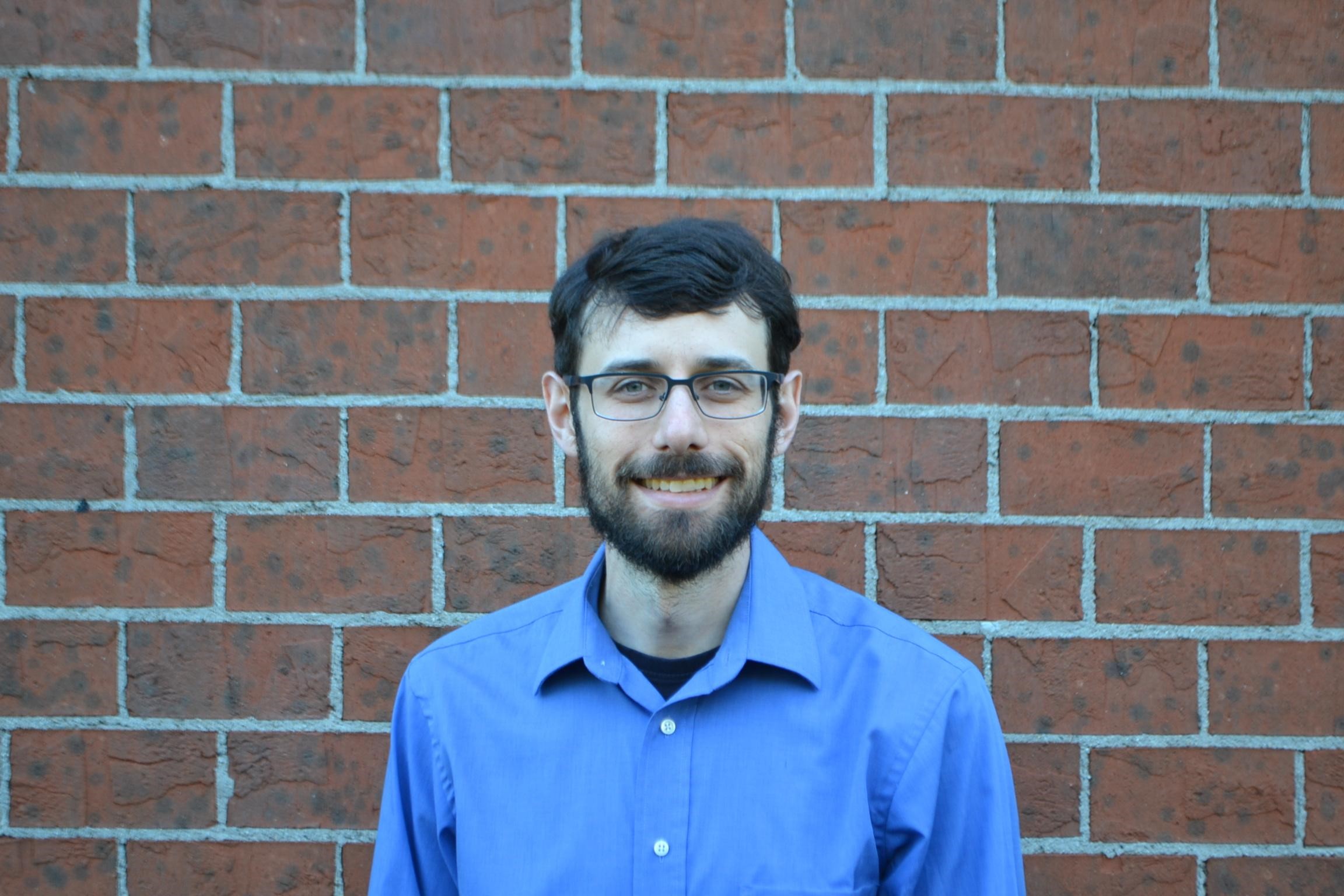
Are Power Curve Upgrades Worth it? Measuring the ROI of Turbine Upgrades
Recorded On: 09/15/2020
In every wind plant, operators are looking to maximize turbine performance to increase their AEP and their top-line revenue number. There are many options available on the market, including OEM and third-party solutions, promising improvements anywhere from 0.5% to 7%.
After implementing upgrade solutions, it’s very important to quantify the change in plant output to accurately calculate the ROI. The complexity and the variable nature of wind flow characteristics seasonally, directionally and diurnally make this challenging.
In this webinar, WindESCo’s technical team will present different methodologies for assessing energy improvement and test their effectiveness with data from an operating wind plant. Based on WindESCo’s testing, the best method will be recommended to the industry so that owners can apply it to their projects with power curve upgrades.
Sponsored by:


Sam Tasker
Vice President of Sales for North America, WindESCo
As Vice President of Sales for North America at WindESCo, Sam is responsible for connecting WindESCo’s innovative solutions with owners seeking asset performance improvement expertise.
Sam brings over 10 years of in-depth industry experience from work with owners and OEMs. Sam started in the wind industry with NextEra Energy Resources. Thereafter, he served as Director of Operations for Pattern Energy responsible for wind plants spread over multiple countries. Sam transitioned his career to sales with Siemens Gamesa Renewable Energy as an aftermarket Sales Manager for power upgrade products. Most recently, Sam worked as Vice President for MW Partners, a business growth and lead generation consultancy.
A Veteran of the United States Navy, Sam attended Naval War College during his service and has an MBA from the University of Florida.

Pete Bachant
PhD - Lead Engineer, Analytics Software, WindESCo
As the Lead Engineer for Analytics Software at WindESCo, Pete is passionate about software and algorithms development for wind plant optimization.
Pete brings a high level of technical expertise to WindESCo with over 10 years of engineering experience in aerodynamics, hydrokinetics, and more. Prior to his time at WindESCo, he worked as a mechanical engineer at ORE Offshore, where he designed oceanographic instrumentation. Subsequently, he worked as a research assistant at the University of New Hampshire Center for Ocean Renewable Energy where he developed equipment and instrumentation for hydrokinetic turbine research in the UNH Tow & Wave Tank. There he investigated the performance and wake characteristics of cross-flow (vertical-axis) turbines both experimentally and numerically. Immediately before joining WindESCo, he worked as an Aerodynamics Engineer at the Ford Motor Company where he automated computational fluid dynamics (CFD) workflows for external aerodynamics using open-source software.
Pete holds a BS in Mechanical Engineering from the University of Massachusetts Dartmouth, and both an MS and a Ph.D. in Mechanical Engineering from the University of New Hampshire.

Nathan Post
PhD, Chief Technology Officer, WindESCo
As Chief Technology Officer at WindESCo, Nathan is responsible for R&D and product implementation.
Nathan brings to WindESCo over 10 years of experience in experimental applied mechanics, hands-on system implementation, data acquisition, and statistical uncertainty analysis. Prior to joining WindESCo, Nathan worked as a project engineer at Fraunhofer Institute for Energy Systems Technology (IWES) in Bremerhaven Germany where he commissioned a new laboratory for structural testing of wind turbine blades up to 70 m in length. Subsequently, he returned to the US and continued structural testing of wind turbine blades and research in test methodology while working for the National Renewable Energy Laboratory (NREL). Stationed at the Wind Technology Testing Center in Boston MA, Nathan again commissioned a new test facility, trained the engineers and technicians, and worked to develop new test hardware, data acquisition software, and test control algorithm.
Nathan holds a BS in Mechanical Engineering with Honors from Clarkson University and MS and Ph.D. degrees in Engineering Mechanics from Virginia Tech.